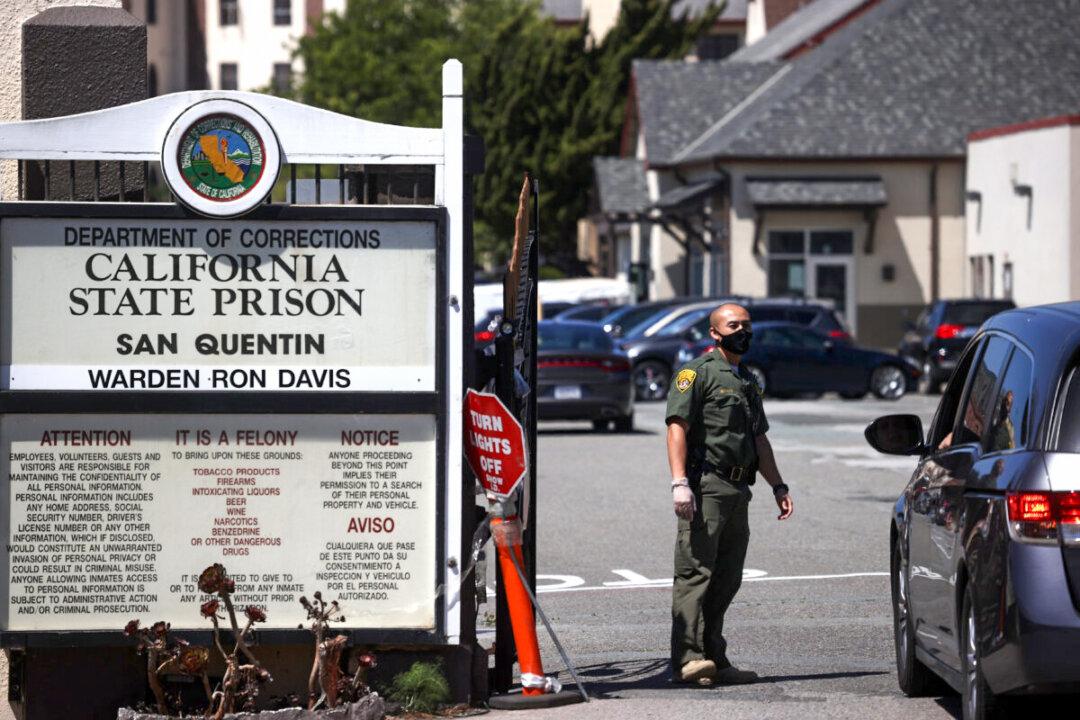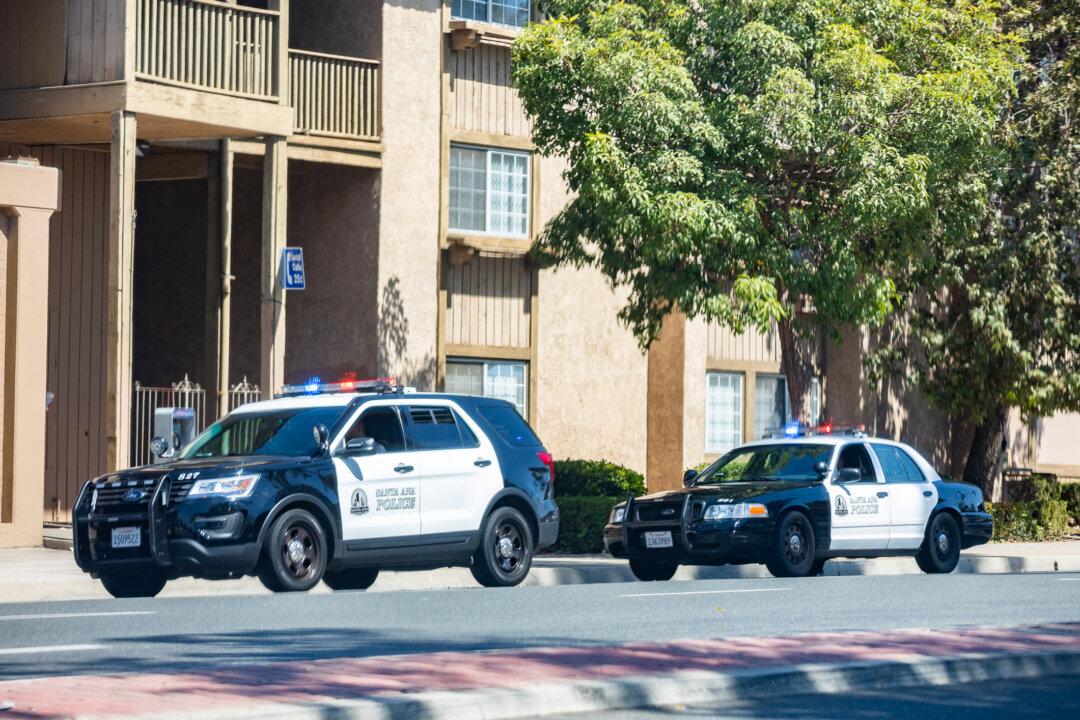A number of law enforcement officials are continuing their fight against the early release of violent criminals following a court order that blocks state prison officials from doing so.
“[State officials] have it in their mind that releasing people from our institutions is somehow criminal justice reform, but it isn’t,” Riverside County District Attorney Mike Hestrin told The Epoch Times.





